Disc Injury
Progressive Chiropractic Berwick treats many patients with disc injuries. Disc injuries are a common cause of back and neck pain that can negatively impact a patient’s quality of life.
What is a Disc Injury?
Home > Conditions > Disc Injury
Many of our patients in Berwick present with disc injuries. The term ‘disc’ refers to the fibrocartilage disc that separates the vertebrae and provides the spine with shock absorption, stability and pivot points for movement. Discs are made up of two parts – the elastic outer layer (called the annulus fibrosis) which encloses the jelly-like inner layer (nucleus pulposis).
Through trauma, sudden excessive force or degeneration, discs can become deformed and part of the disc can protrude out between the vertebrae, although the inner contents remain contained within the outer elastic layer. This condition is commonly known as disc bulging, disc protrusion or disc prolapse. This is to differentiate between disc herniation whereby a tear in the outer layer allows the contents of the inner layer to spill out of the disc and into the spinal canal.
All these conditions can commonly be mistermed disc slippage, however, this is a misnomer, as the intervertebral disc itself is held in place by ligaments and muscles and does not move out of its position in between the vertebrae, rather the disc either loses its shape or the inner contents of the discs spills out. Whether the disc bulges or its contents spill out, the result can be irritation of adjacent nerves leading to pain associated with those nerves.
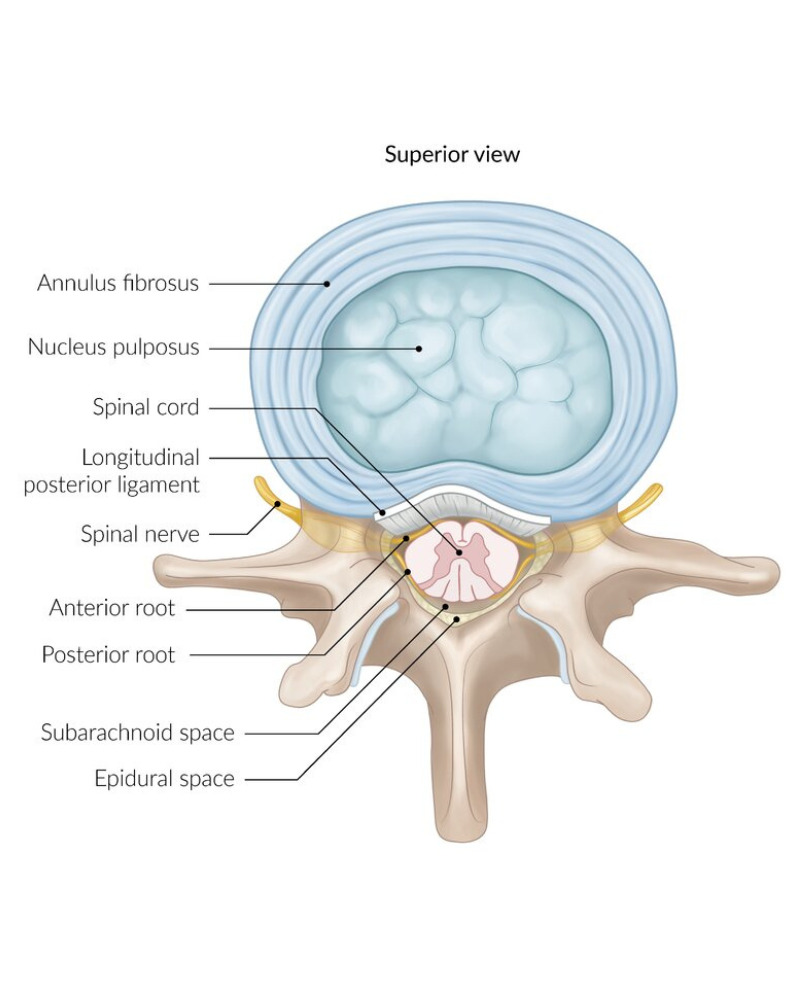
On This Page
Symptoms of bulging discs
Symptoms related to disc injuries can vary in intensity and location. These include:
- back and neck pain
- increased back pain with repeated bending or prolonged sitting, coughing, sneezing, laughing, straining
- pain, numbness or pins and needles radiating into the arm or leg
- antalgic posture
Risk factors of disc injuries
Changes in disc health occur throughout our lifetime as with all other connective tissue. While some age-related or degenerative changes are observed in people with no back pain, there are some risk factors that can predispose a person to disc injuries:
- obesity due to the increased pressure placed on discs
- lack of fitness and exercise
- poor core muscle strength
- aging
- incorrect lifting techniques
- poor posture
- prolonged sitting
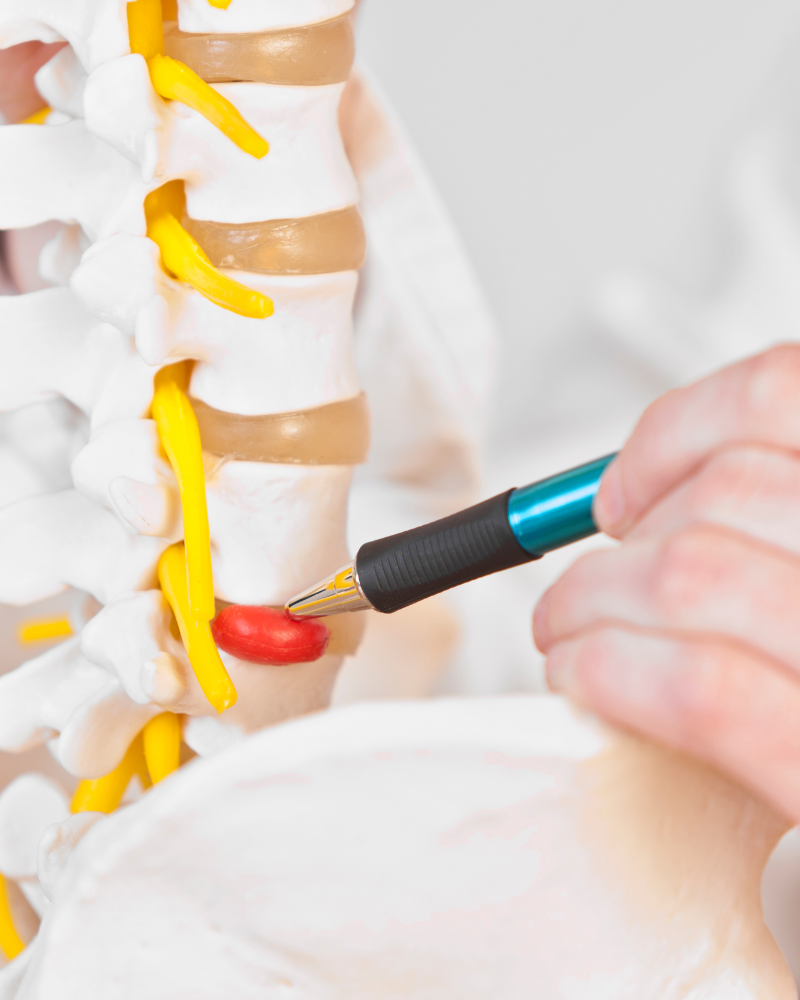
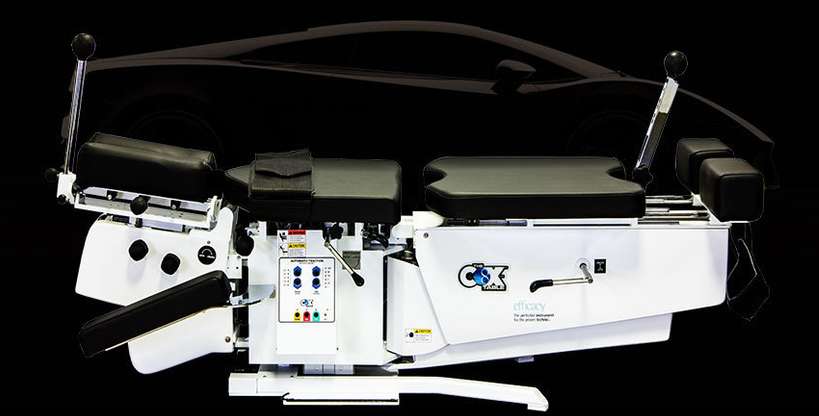
How can chiropractic help with disc injuries?
Chiropractic treatment has been proven to be a safe, effective and conservative means to managing disc injuries. Based on the location and severity of symptoms there are several ways Progressive Chiropractic Berwick can help manage disc injuries. These include:
decompression (flexion-distraction) using the Cox Table to provide a gentle, comfortable and effective stretch to the joints to increase disc height, relieve disc pressure and increase the size of the spinal nerve canals (foramens)
spinal manipulation and joint mobilisation to adjust any spinal joints that are not moving correctly. This can relieve pressure that may be placed on the affected nerve
massage used as an adjunct to other chiropractic treatments can assist in the healing of the soft tissues of the injured area, although massage itself will not directly promote the healing of an injured disc
If a disc injury is severe it may require a combination of chiropractic treatment and anti-inflammatory medication, cortisone injection or surgery, all under the guidance of a doctor or specialist.
Do you need help with a Disc Injury?
Research on chiropractic treatment of disc injuries
Given the majority of patients suffering disc pathology will improve following non-operative therapies such as Chiropractic, a trial of conservative management is warranted before examining operative techniques. Daffner, S (2010). Cost and use of conservative management of lumbar disc herniation before surgical discectomy. The Spine Journal, 10(6); 463-468
A large percentage of acute and chronic lumbar disc bulge treatment patients using Chiropractic care demonstrated clinical significant improvements, with no adverse events. Leeman, S (2014). Outcomes of acute and chronic patients with magnetic resonance imaging – confirmed symptomatic lumbar disc herniations receiving high-velocity, low amplitude spinal manipulative therapy: A prospective observational cohort study with one year follow up. Journal of Manipulative Physiological Therapeutics, 37(3); 155 – 163
Research link: Risk Factors for Recurrent Lumbar Disc Herniation
Research link: A randomized clinical trial and subgroup analysis to compare flexion-distraction with active exercise for chronic low back pain
Research link: Chiropractic Management of Postsurgical Lumbar Spine Pain: A Retrospective Study of 32 Cases
Karimi N, Akbarov P, Rahnama L. Effects of segmental traction therapy on lumbar disc herniation in patients with acute low back pain measured by magnetic resonance imaging: A single arm clinical trial. J Back Musculoskelet Rehabil. 2017;30(2):247-253. doi: 10.3233/BMR-160741. PMID: 27636836.
Related Blogs

When Should You See A Chiropractor?
Chiropractic care stands out as a popular option for addressing various musculoskeletal issues from back pain, sciatica, neck pain to headaches. But when exactly should
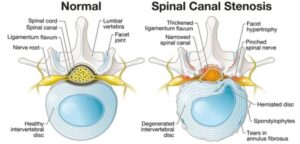
What is Spinal Stenosis and how can Spinal Decompression help
In this blog. We talk about spinal stenosis and how spinal decompression treatment works and can help you
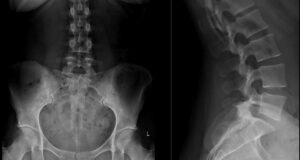
Do I need x-rays to see a chiropractor?
Chiropractic in Berwick is a popular treatment option for various musculoskeletal issues, ranging from back pain to headaches. One common question that often arises among
